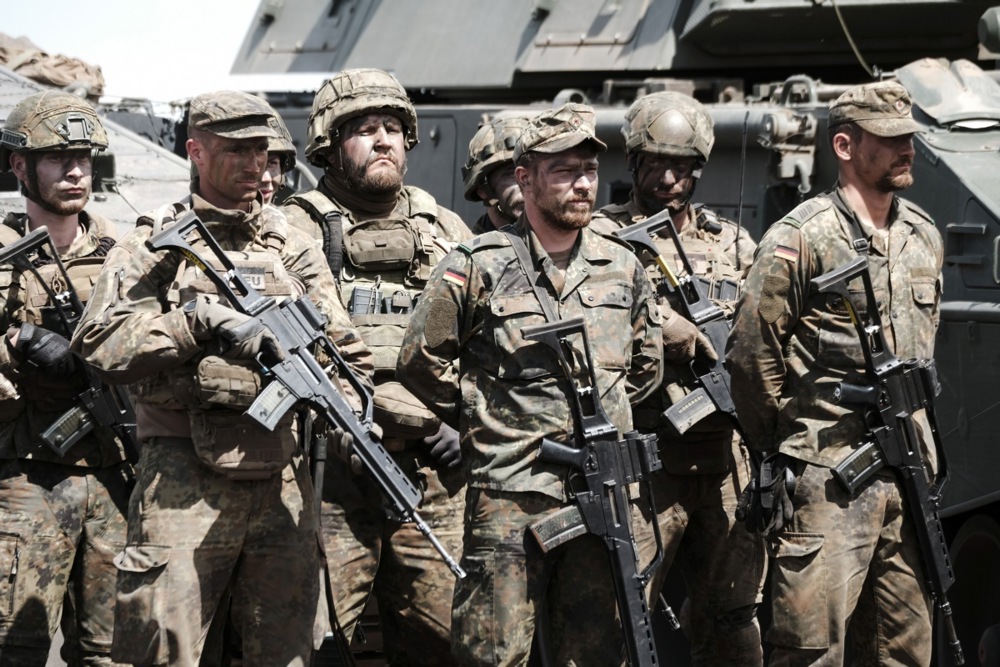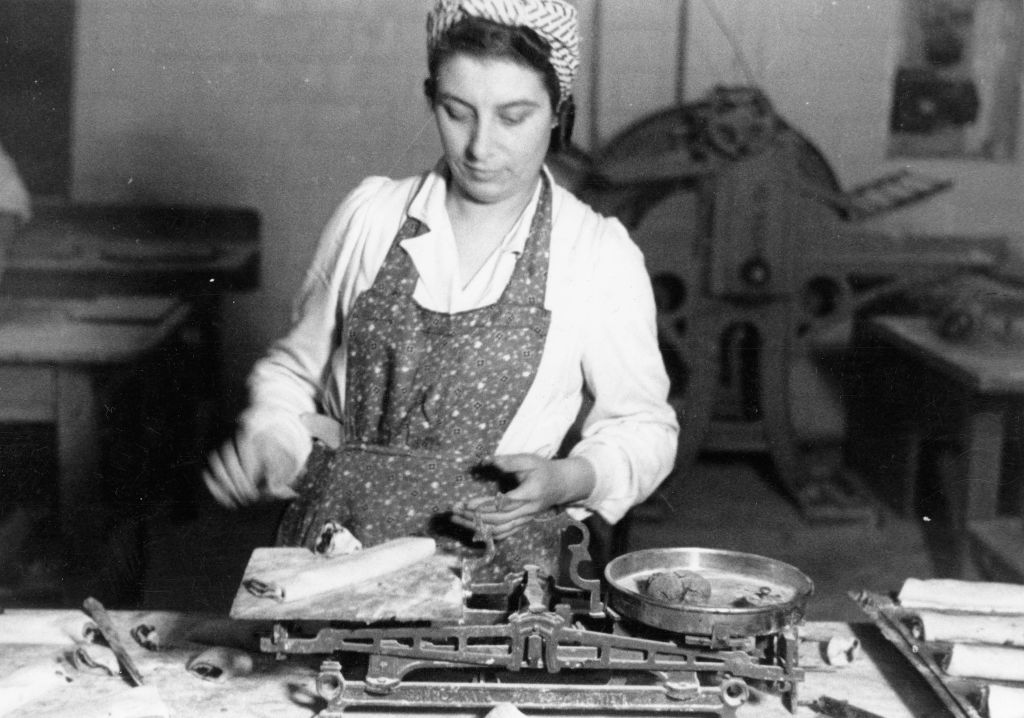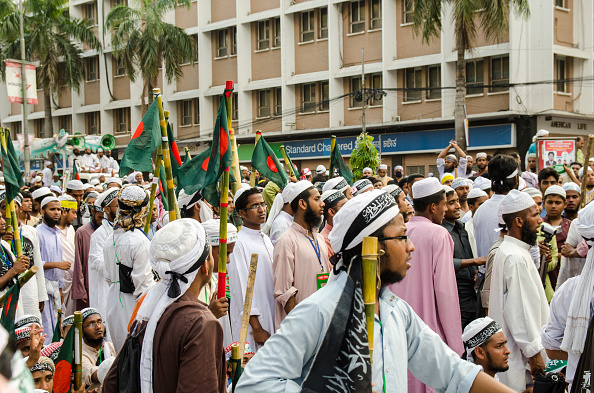A war of attrition against Russia has never proved to be a good idea. From Napoleon’s France to Hitler’s Germany, many have attempted it, but no one has succeeded in finally killing the Bear. So why would Zelensky be the one to achieve it?
The president of Ukraine has recently been touring the United States, raising funds for his country’s war effort, but most of all trying to put forward his strategy on how Russia can be defeated.
Zelensky met with President Biden and Vice-President Harris, but also with former President Trump, to sell his “victory plan”. He returned home with an extra $8 billion, but no commitment on the use of US long-range weapons systems against Russia.
Upon return, the Ukrainian leader admitted that the situation on the ground is extremely challenging for his forces. “Reports on each of our frontline sectors, our capabilities, our future capabilities and our specific tasks: the situation is very, very difficult,” he said on a video address.
Zelensky, who Trump called “the greatest salesman in the world”, is well aware of the fact that Ukraine is low on all necessary resources. Manpower, equipment and money are dwindling. As for the latter, the EU is expected to keep giving.
The Group of Seven (G7) countries aim to reach an agreement on a $50 billion loan for Ukraine before the end of this year, European Commission Executive Vice-President Valdis Dombrovskis told the European Parliament.
The loan will come from Russian assets seized in the West. More than two-thirds of those are in the EU, which will therefore provide €35 billion. “There are already clear commitments from Canada, UK and Japan to come on board,” said Dombrovskis.
Russia on its part is increasing spending on defence by a quarter in 2025 to 6.3 per cent of its GDP – the highest since the Cold War – according to draft data published this week. Its overall defence spending will rise to 13.5 trillion roubles ($145 billion).
But money in itself is not enough to win this war, for there are things that money can simply not buy. First and foremost, manpower. And then, equipment – because there is little more available to give in the Western inventory.
Ukrainian losses during the last two and a half years are possibly the best kept secret of this war. However, what is for certain is that casualties are in the hundreds of thousands. Kiev is now faced with a serious shortage of frontline troops.
Immigration and corruption have also taken a toll. As many able-bodied Ukrainians have fled abroad, or have been bribing their way out of combat zones, frontline units are now largely manned with very young or old soldiers, many of whom are poorly trained. No wonder morale is reported to be low.
Russia has also suffered dramatic losses. But it is in position to replenish casualties. Even without resorting to a general draft, the Kremlin has been feeding its army with hundreds of thousands of new troops, most of whom are under contract. Mother Russia pays rather well too. An average soldier from Moscow gets about $60,000 a year.
As for hardware, contrary to what Western media had predicted in the beginning of the war, Russia has been able to fully repair and replace – or even increase – the number of damaged or destroyed tanks, armoured vehicles and artillery pieces.
Artillery in particular is turning into Kiev’s Achilles’ heel. It is no longer a matter of ammunition, which has been a scarce commodity for quite some time now. According to credible reports, when it comes to howitzers Ukraine is now outgunned almost ten to one.
It is therefore questionable whether trying to exhaust Russia is a good strategy. Putin’s regime appears unwavering and resourceful. And its army is winning.
As Brussels Signal dared to suggest in August, the Kursk offensive has now indeed backfired. Russia keeps advancing in Donetsk – conquering Vuhledar just a few days ago, closing in on Pokrovsk, steadily driving the Ukrainian army out of the Donbass.
Perhaps the most interesting bit of Zelensky’s trip to the US was his common statements with Donald Trump after their meeting in New York. Both spoke of the need for a “just peace” and a “fair deal”.
Outgoing NATO boss Jens Stoltenberg also hinted at the need to be pragmatic. “When some kind of line is agreed – be it the internationally recognised border or another ceasefire line, we have to be absolutely sure that the war ends there,” he said on Monday.
For the first time since 2022, it appears that the West is coming to a harsh realisation: Unless the world enters WWIII, Ukraine will have to lose territory. But nobody will say this out loud.
“I think we can demonstrate that the cost of continuing the war is so high that it’s better for Putin to sit down and accept Ukraine as a sovereign independent nation”, Stoltenberg added in his final address as NATO Secretary General.
Interestingly enough, Putin thinks the exact same way: if necessary, Russia can keep on fighting for years. The only difference is that history and logistics are on his side.





Netflix wants to degrade Western culture by insulting classical history